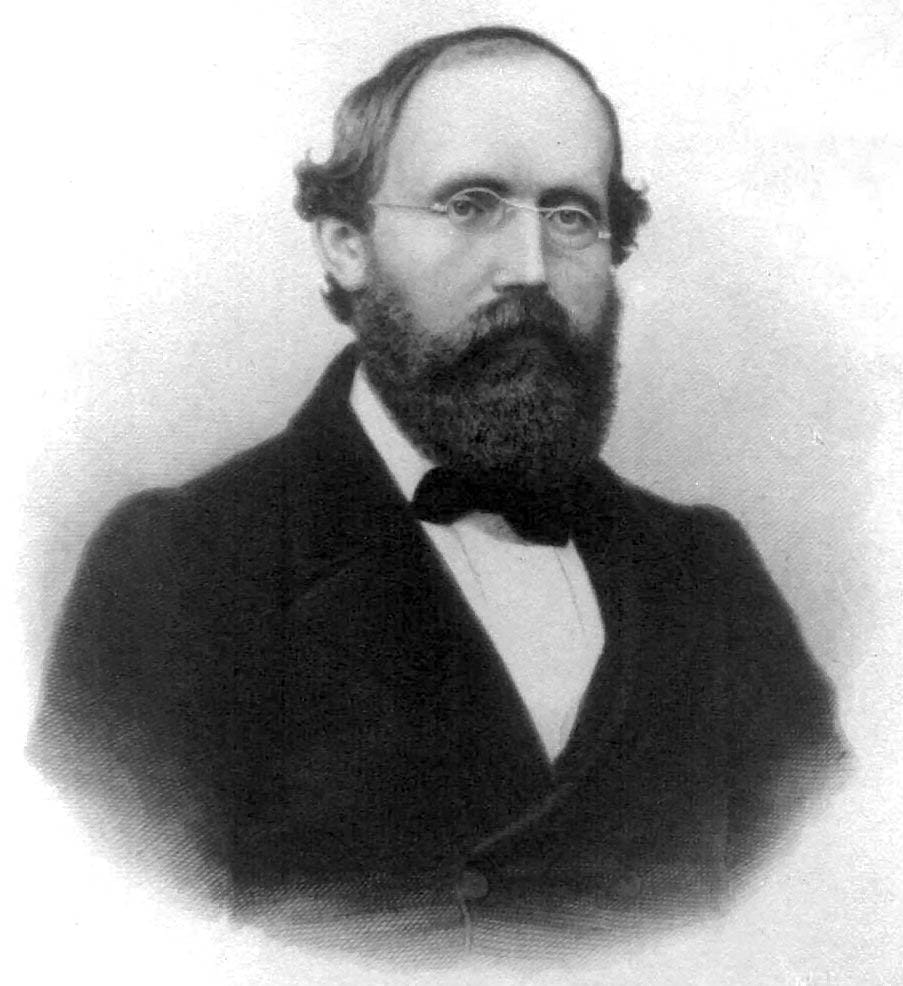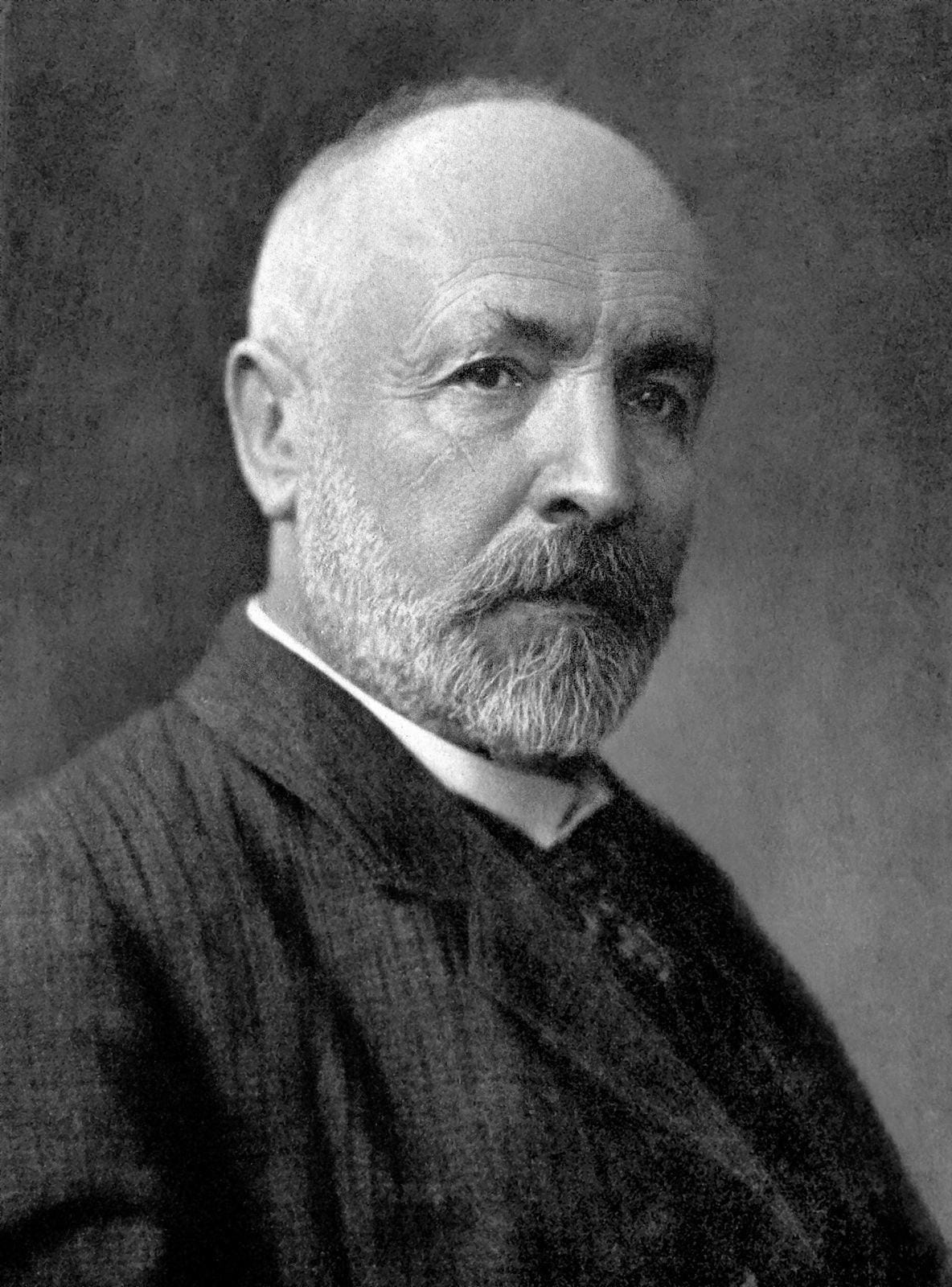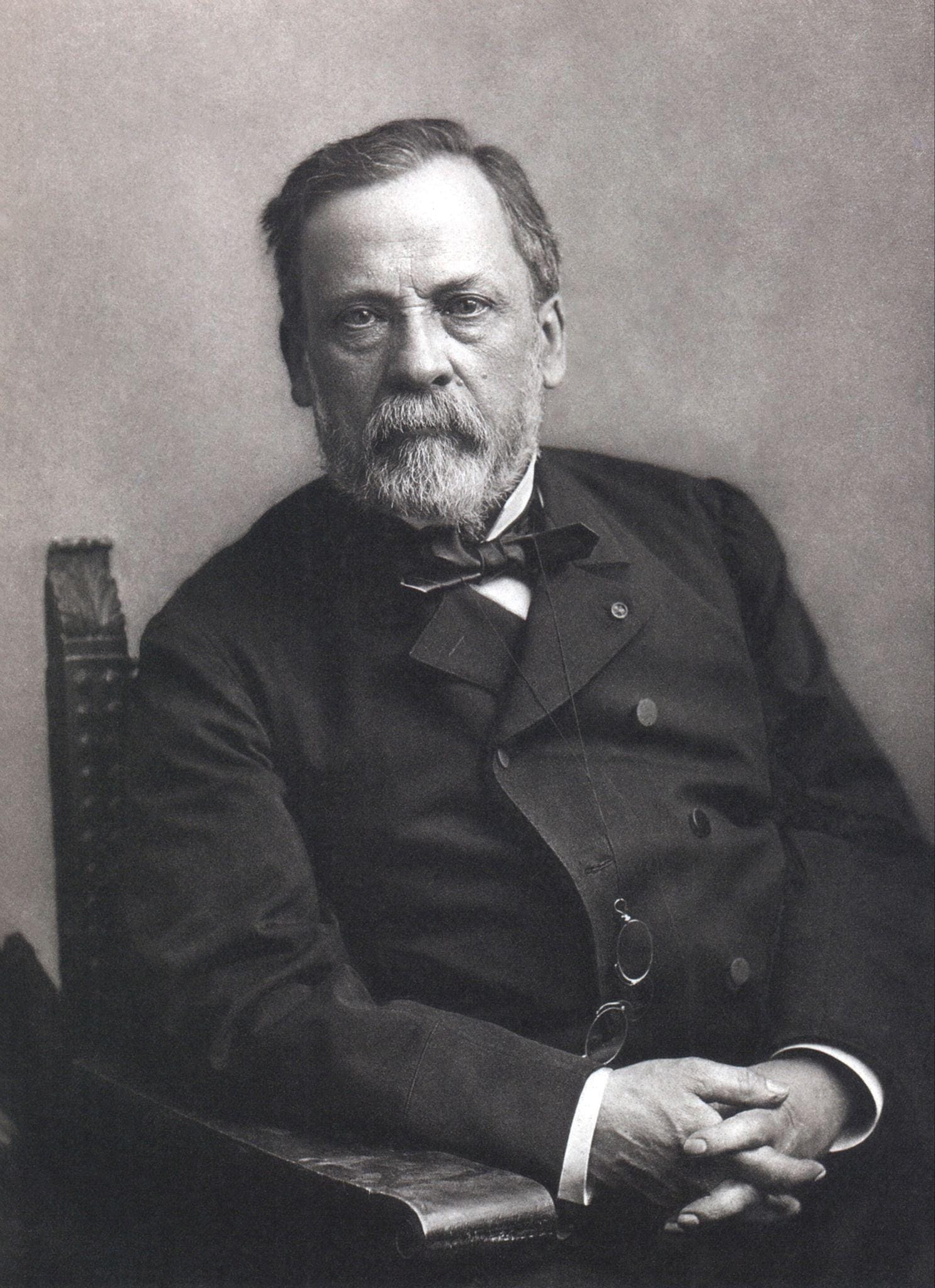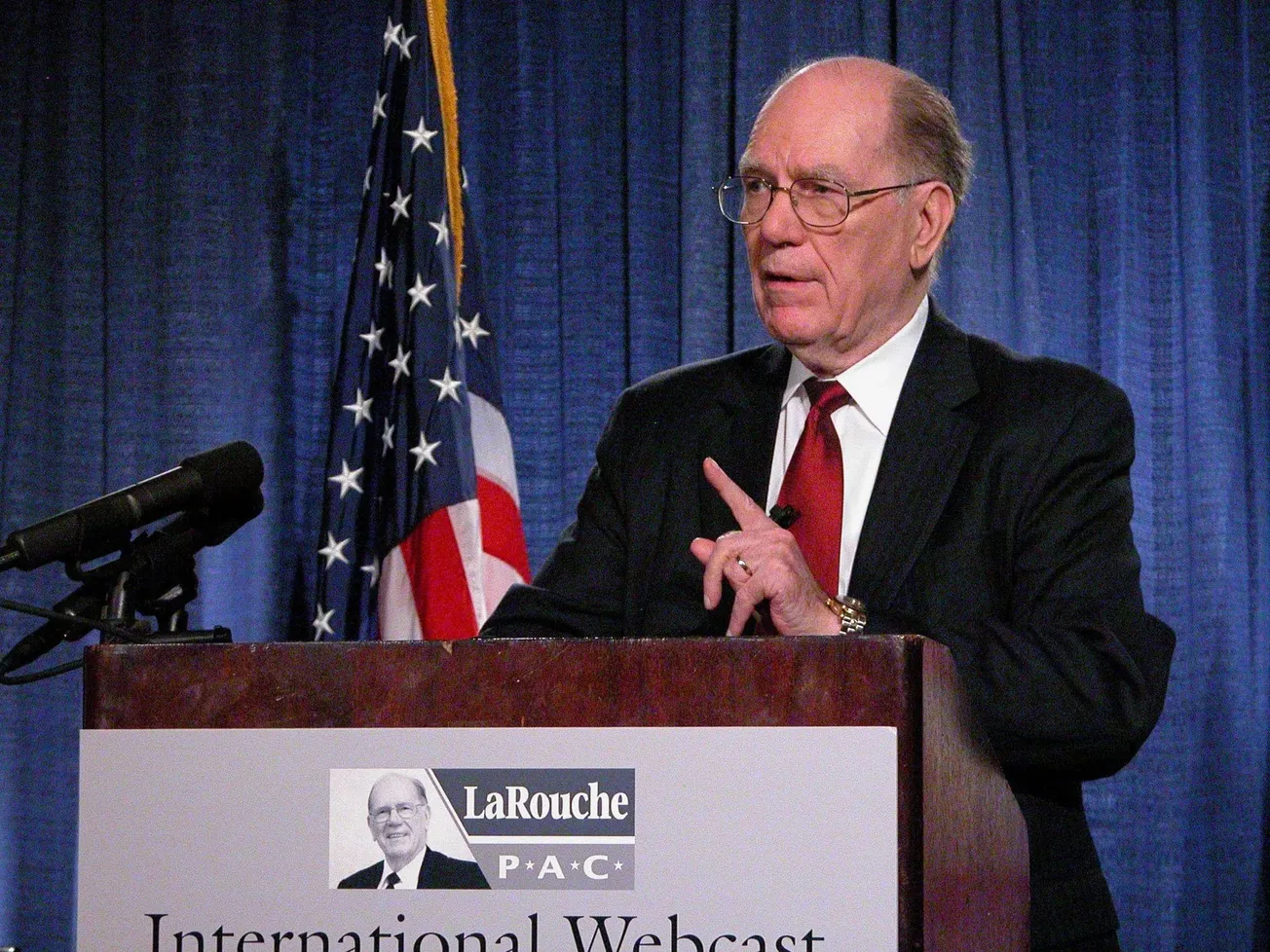Editor’s Note: This is part two of a two-part article first published in New Solidarity, the newspaper of the LaRouche movement, Vol. 8, No. 76, Nov. 22, 1977, and is provided to EIR courtesy of the LaRouche Legacy Foundation. Part one was published in EIR, Vol.52, No. 13, March 28, 2025, and can be found here.
Part one of this article outlined the organic connection of the Labor Committees to a thousands-year long global humanist conspiracy including in recent centuries Dante Alighieri, Nicholas of Cusa, Erasmus of Rotterdam, Giordano Bruno, Leibniz, and Spinoza. In 18th-Century revolutionary America, networks around Commonwealth Party conspirator James Logan, William Penn, Benjamin Franklin, and the authors of the U.S. Constitution were the direct predecessors of the Labor Committees today. The programmatic economic analysis of the Labor Committees, grounded in epistemological developments stretching from Leibniz and Kant to Cantor and Riemann, has served as the basis for the Labor Committee’s increasingly central role in the elaboration of contemporary humanist networks since the middle of 1975.
The most characteristic cause of intellectual mediocrity in otherwise well-educated professionals is the presently widespread acceptance of the pathetic dogma of the “inductive sciences.” In that sick—but widely accepted—dogma, facts are defined as statistical objects, as self-evident existences, either as things-in-themselves or sense-perceptions as such. The object of investigation, according to the dogma of inductive method, is to establish mathematical consistency in the behavior of certain configurations of such data, and to extrapolate general principles for such configurations (e.g., scientific formulas) by testing experimentally mathematical induction from the formulas developed by experiment.
To restate this for analysis, the pathetic approach considers a sequence of events which might be labeled A, B, C respectively. A, B, and C are the facts to be considered, according to the dogma, a formula must be derived which expresses the empirically-adduced connection among those successive states.
The fault with that method is that the reality of the process being examined is not A, B, and C, but rather A-B and B-C, combined as A-B-C. The process is the proper empirical reality, not the specific data of A, B, and C.


If we apply this to the model of the universe derived with aid of Cantor’s transfinite from a Riemannian relativistic physics, the characteristic feature of a true Riemannian continuum is the causal principle which governs the ordered transformation from a continuum of one specific relativistic “geometry” to another of higher order in terms of negentropy. That characteristic not only determines the ordered succession of such geometries, but also determines ordering within the range of analysis for each geometry. Granted, as long as the world of experiment and observation appears explicable in terms of a fixed geometry, inferior, inductive, and entropy-premised explanations appear to succeed in explaining what we need to know for practice. However, once that condition no longer accounts for change, or precludes solving problems before us, the inductive method must be discarded for the method implicit in the combined contributions of Riemann and Cantor.

It might be objected that only recently, and only on the frontiers of plasma physics research, do we encounter such practical problems for physics per se. Yet, as we encounter such problems within physics, we recognize immediately the same problem Pasteur confronted in distinguishing between living and non-living chemistries, or in accounting for the negentropic consequences of those biological processes associated with creative scientific thought’s development for practice. Seeing the matter in those broader terms, we are not properly astonished that the notion of “primary cause” in Leibniz anticipates the Riemann-Cantor relativistic physics, or that the conception was first elaborated formally as the notion of the “necessary existent” by the 11th-Century Islamic genius Ibn Sina.

To recapitulate: The primary datum of any process is the change connecting successive states of the process as a whole. It is the particular fact, as inductive method defines fact, which must be understood as relatively “abstract,” and the process causally determining particular conditions as substantial and real—because efficient. In sum, the ordinary view of fact and science has been both misdefined and upside-down.
Nowadays, unwholesome slobs have misdefined humanism as giving washed second-hand clothing to the poor and opposing vivisection. In short, humanism is often misdefined as bestialism: putting animals on par with people, and then petting people as one pets a cat or a dog.
Another name for bestialism is “cultural relativism,” the view that backward cultures ought not to be disturbed on grounds that people, like dog-packs and baboons, have genetic preferences in culture. Another example of bestialism is found in the supporters of the American Indian Movement, who propose to give back to the American Indian the brutish form of culture in which our ancestors found him, an assumption based on the obnoxious belief that the American Indian, like a baboon, is incapable of assimilating higher forms of culture.
Humanism objects to this treatment of the North American Indian. It objects to the Spanish Hapsburg policy in Mexico, which, in 50 years, reduced the Indian population from about 20 million to less than 2 million persons through zero-growth policies and an early version of the “Humphrey-Hawkins Full Employment” policy. Where the English Tudors, William Penn, and Thomas Jefferson proposed to assimilate the Indians as citizens with full rights into modern culture, a British-type “cultural relativism” policy largely destroyed them.
Humanism has always meant an emphasis on the fundamental distinction between man and lower beasts, specifically man’s creative-mental powers, typified by advances in the realization of progress in scientific knowledge for technological progress. Although technological progress is indispensable for human survival, the moral purpose of technological progress is to call into play and emphasize that distinctive quality of the human being which distinguishes him absolutely from a lower beast: his creative mental powers.
A society which emphasizes scientific and technological progress places the practical importance of the individual on his or her creative mental powers for advancing, transmitting, and assimilating scientific knowledge for improved practice. Such a society, and only such a society, values the individual person for his or her human qualities. Any contrary policy degrades the value placed upon the individual to that of likeness to those lower beasts whose behavior is fixed in range by “genetic” heritage. A zero-growth society is a bestial form of society.
It is this power of man, the creative-mental power for increasing dominion over the laws of the universe, which is the essence of human existence. It is the practical mastery of the universe through such exemplary means as scientific and technological progress which is the practical expression of what it is to be human. When—if—we think as human beings, and not as a grotesque parody of baboons, the primary fact is the process of scientific and technological progress in human knowledge and practice. That process itself is the primary fact of knowledge.
Just as the science which increases the negentropy of social productive practice represents, uniquely, man’s increasing mastery of the laws of the universe, so self-conscious knowledge of that negentropic progress is science in all its proper departments.
That reflexive connection between human progress and science is the characteristic feature of what is properly known as Neoplatonic humanism. That is the key to the qualitative superiority of the humanistic scientific outlook over alternative outlooks offered.
To the humanist, the relationship between the individual and the universal is primary, a concern which centers on the moral issue of the relationship between the individual persons and all preceding and succeeding human generations. A single individual, by contributing to the discovery, transmission, and assimilation-for-practice of scientific knowledge, adds that margin of increased power to his or her society as a whole. That addition becomes a foundation for further advances by all future generations, and a fulfillment of the foundation provided by preceding generations. It is through the development of creative-mental powers that the individual becomes universal and immortal in practice for the society as a whole.
Once man’s mastery of the laws of nature is focussed in that moral way, the actually scientific outlook follows lawfully. By scientific advances, we increase man’s power over the laws of nature. It is not the laws of nature that we know perfectly at any point. That would be an impossibility. What we know is the correspondence between a way of advancing science for practice, and a correlated increase in the negentropy of man’s social practice in increased dominion over nature. It is the correlation between those two processes which is known with certainty; any other presumption of perfect knowledge is a self-deception.
It is that way of looking at man and nature which is the Neoplatonic outlook. Since it is the correct way of thinking, of developing appropriate hypotheses for exploring new possibilities of practice, it is superior in its efficiency for social practice over any available alternative.
It is not knowledge in itself that is power, but the power to develop needed new knowledge. That is the secret of the global Neoplatonic humanist “conspiracy” of which the Labor Committees are part. That power is the “glue” which assembles the constituent networks into a growing whole.
There is nothing properly mysterious about the Labor Committees, except to those who cling to deluded conceptions of the way in which the world works.








